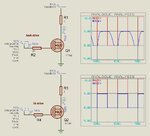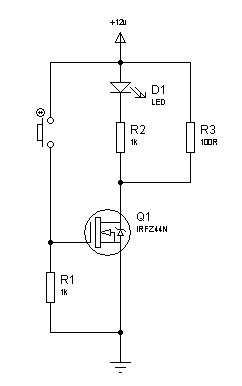Ashkar
Full Member level 2

Follow along with the video below to see how to install our site as a web app on your home screen.
Note: This feature may not be available in some browsers.




there into , your circuit that you attached has some problem!
you can use my circuit.
Goldsmith





Dear Alex
my mean is not circuit is not correct but in this application and this low frequency some of elements are not important to use.
Thanks
goldsmith







For what?Is orcad a better option.


